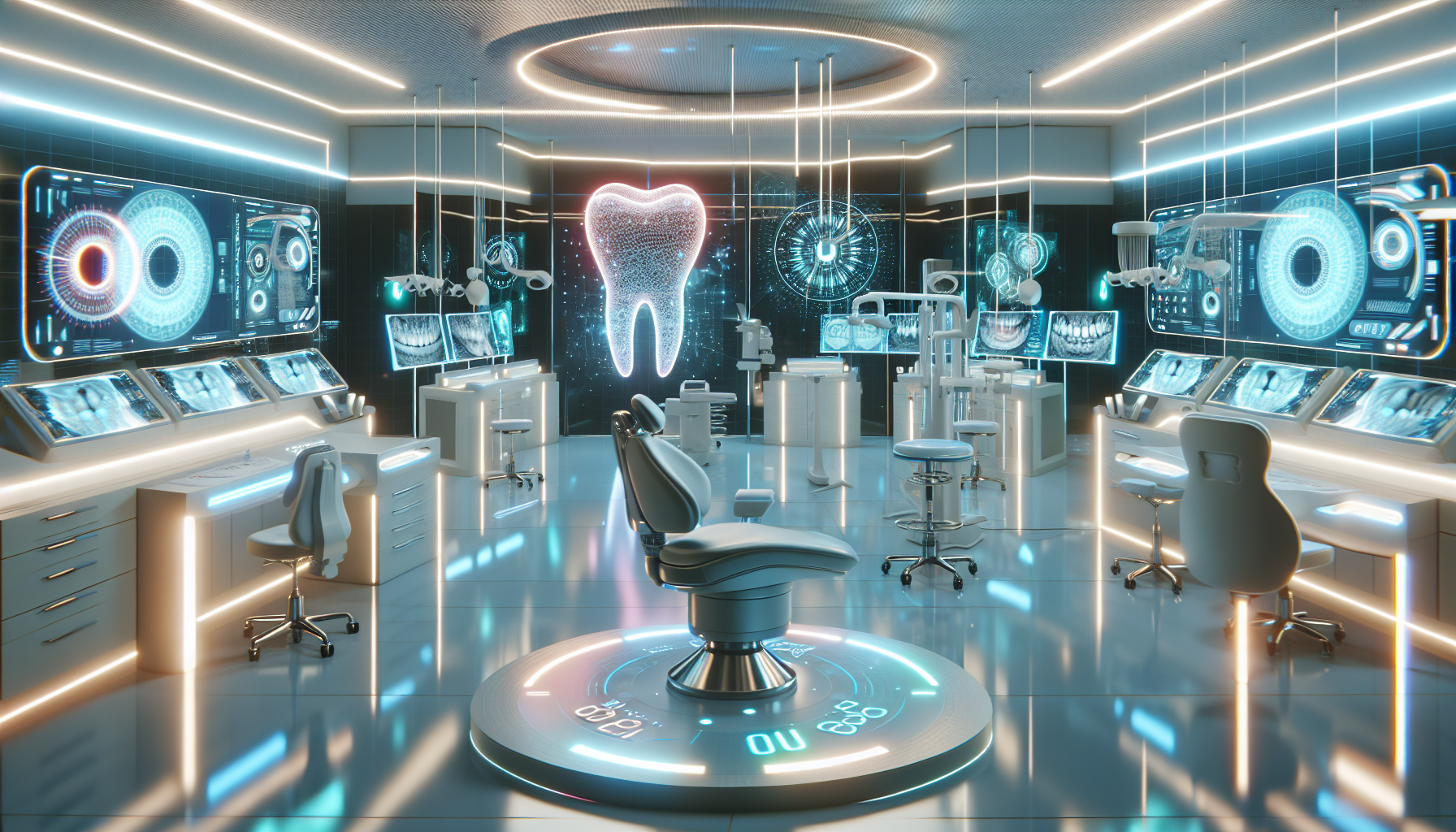
Technology is reshaping healthcare, offering unparalleled advancements in patient care. In orthodontics, digital tools and artificial intelligence (AI) are leading the charge, streamlining processes and enhancing treatment outcomes. These innovations promise a future where patient experience and care quality reach new heights.
The rapidly advancing field of technology is making a significant impact on healthcare, especially within orthodontics. As AI and digital tools become more integrated, they offer promising enhancements to both treatment planning and execution. At the forefront of this transformation is the ability to utilize these technologies to improve patient outcomes significantly. Practices like chatham orthodontics exemplify how these advancements can be seamlessly incorporated, creating an efficient and personalized treatment journey for patients.
AI in Orthodontics
Artificial intelligence is revolutionizing how orthodontists approach patient care by providing deep insights into individual cases. AI systems analyze vast amounts of patient data, identifying patterns that might not be immediately apparent to human practitioners. This allows for more precise predictions about treatment outcomes, ensuring each patient receives a tailored plan that best suits their needs.
The benefits of AI extend beyond just data analysis; it plays a pivotal role in crafting personalized treatment plans. By understanding the unique characteristics of each patient's dental structure, AI helps orthodontists develop strategies that cater specifically to their requirements. This precision leads to improved efficiency in treatments and better overall results for patients.
Moreover, AI assists in monitoring progress throughout the treatment duration. It can provide real-time feedback on how a patient's teeth are adjusting to braces or aligners, allowing for timely adjustments if needed. This proactive approach minimizes complications and enhances the success rate of orthodontic treatments.
Digital Imaging and 3D Printing
The introduction of digital imaging has transformed the way orthodontists diagnose and plan treatments. High-resolution digital images allow for detailed examinations of a patient's dental architecture, facilitating accurate diagnosis without invasive procedures. These images serve as a foundation for developing comprehensive treatment plans that address all aspects of a patient's oral health.
3D printing technology is also making waves in orthodontics by revolutionizing how devices like braces and retainers are created. Custom-made appliances can now be produced with remarkable precision, ensuring an exact fit that enhances comfort and effectiveness. This innovation reduces the time patients spend waiting for their devices and improves the overall quality of orthodontic care.
The combination of digital imaging and 3D printing enables orthodontists to offer more precise treatments with fewer errors. Patients benefit from shorter appointment times and fewer adjustments, making their journey through treatment smoother and more pleasant.
Improving Patient Experience
Technological advancements in orthodontics are not just about improving clinical outcomes; they also significantly enhance the patient experience. Virtual consultations have become increasingly popular, allowing patients to receive expert advice from the comfort of their homes. This convenience saves time and makes it easier for patients to access care without unnecessary travel.
Remote monitoring is another technological boon that keeps patients engaged throughout their treatment process. Orthodontists can track progress via digital platforms, providing feedback and guidance as needed without requiring frequent in-office visits. This approach ensures that patients remain involved in their care while maintaining flexibility in their schedules.
Patient satisfaction is further boosted by using clear communication tools facilitated by technology. Regular updates on treatment progress help patients feel informed and involved, fostering a sense of partnership between them and their healthcare providers.
The Future of Orthodontic Practices
The future of orthodontics looks promising as technology continues to evolve, offering new possibilities for enhanced patient care. Emerging technologies such as machine learning algorithms hold the potential to revolutionize diagnostic accuracy even further, paving the way for treatments that are not only faster but also more effective than ever before.
Orthodontic practices specializing in various forms of braces and aligners will likely see significant improvements in operational efficiency as these technologies become more commonplace. The integration of digital tools will streamline workflows, reducing overhead costs while maintaining high standards of care.
The adoption of these advancements is essential for practices aiming to stay competitive in a dynamic healthcare landscape. By embracing innovation, clinics can ensure they provide top-notch services that meet the evolving expectations of their patients.
The integration of technology into orthodontics offers substantial benefits that are hard to overlook. From improved diagnostic capabilities through AI to enhanced appliance creation with 3D printing, these innovations promise a new era in patient care quality and experience. Practices ready to adopt such technologies will be well-positioned to deliver superior outcomes for their patients.
As the field continues to advance, it's crucial for orthodontic professionals to stay informed about emerging technologies and consider incorporating them into their practices. Doing so will not only improve patient satisfaction but also ensure continued success in a competitive market.